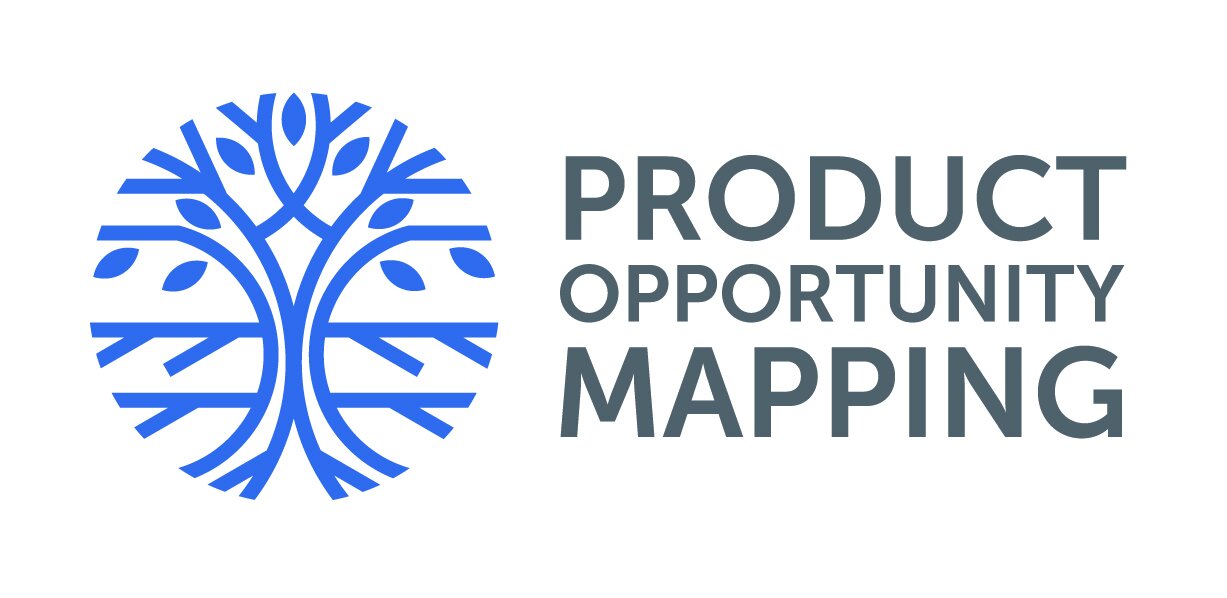New Product Development: Lessons from a Year of International Work
In 2023, I spent time on three continents and had a chance to work with over 50 startups and scaleups to talk about their new product development and business strategies.
Meeting with "locals" in their home markets was eye-opening (and something I recommend for everyone) as you realize their business practices and “world views” are much different than the typical North American perspective (and mine personally).
As a North American, I’m shaped by my own history and experiences and these create biases. This is the same in any geographic location and in Asia, UAE and Europe I could see how local business practices (often influenced by the local dominant industry), language (local languages and English as a second language) and cultural nuances (how leaders interact with their teams and the differing degrees of assertiveness) all fed into different business practices and their approach when building new products.
The management teams I met in the UAE were mainly from somewhere else with very few true locals involved. This deeply influenced their multicultural and multinational perspectives. In Europe, the teams were primarily uni-national and seeped with local business practices and local influences. In Asia, local culture was very strong yet there was a deep drive to build “American-style” companies.
To me this was eye-opening and I had a number of “that’s an interesting perspective” moments (some positive and some head scratching).
Despite these differences, some universal patterns emerged. Regardless of location, all the startup or product teams faced the same pitfalls.
As they developed their products and built their businesses, I could see similar patterns emerge:
Products developed in search of a problem to solve will very likely will fail. Success lies in identifying valuable and worthwhile problems to solve before investing heavily in a solution.
Not clearly understanding the “Problem Space” before entering the “Solution Space” is an all-too-common misstep. Entrepreneurs want to move fast and build things so they often jump past problem analysis and right into their perceived solution.
Failure to recognize indirect competitors – which is often the current way of doing things - can be even more damaging that not combatting directly competing products.
Tunnel vision obscures crucial inflection points and unique value propositions (a product’s “secret sauce”). Often an entrepreneur’s “internal biases” or how they learned to do things elsewhere overly influence how they build their current products – and this may be to their detriment.
With these same companies, I applied my Product Opportunity Mapping framework that I use to advise on new product development efforts. I found that it is applicable to any company, in any location and in any country:
What problem are you solving and is it worthwhile to solve?
Who is your customer and where do they exist?
Who are your direct and indirect competitors?
Why you and why now? What is your “secret sauce”?
Answering these questions does not guarantee success but, regardless of geographic location or cultural differences, going through the process will greatly diminish the chances of failure.
Further to this, the landscape of problems, customers, and competitors are in a constant state of change and products and their value propositions must evolve accordingly.
My international journey in 2023 was more than just understanding different markets. It was about constantly learning how you can take advantage personal and local differences and apply them to universal business principles.
The key takeaway? Regardless of geography, language and local customs, stay adaptable, understand your customer’s problems deeply, and the most effective product strategy is one that evolves with a changing environment.

